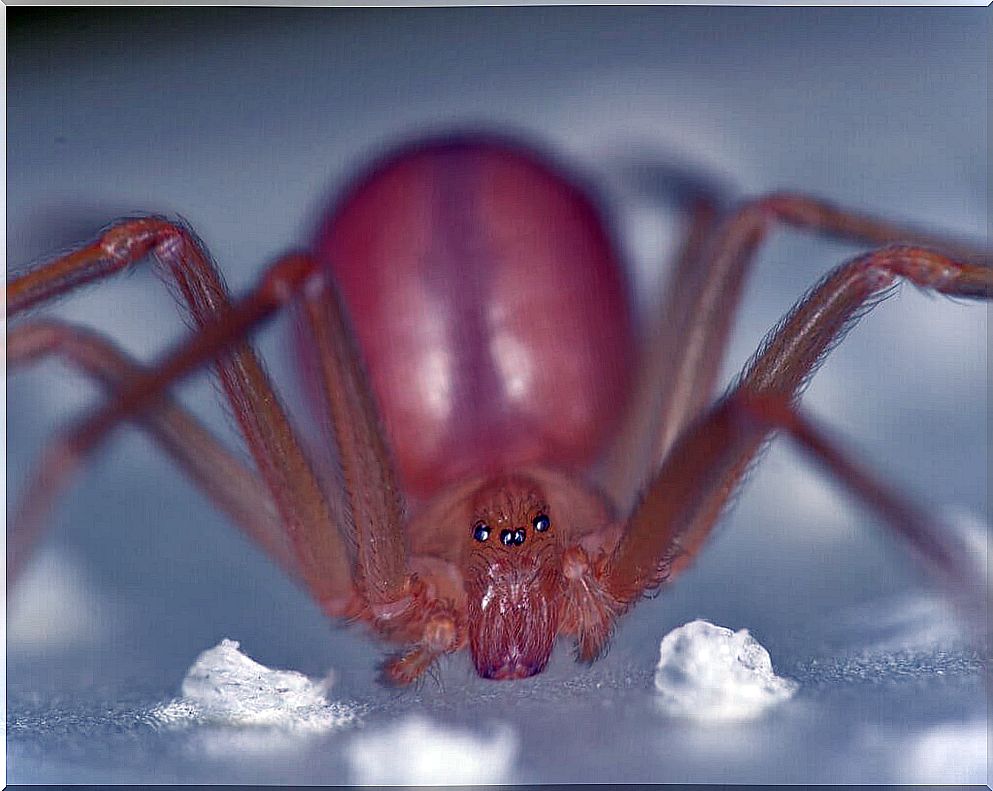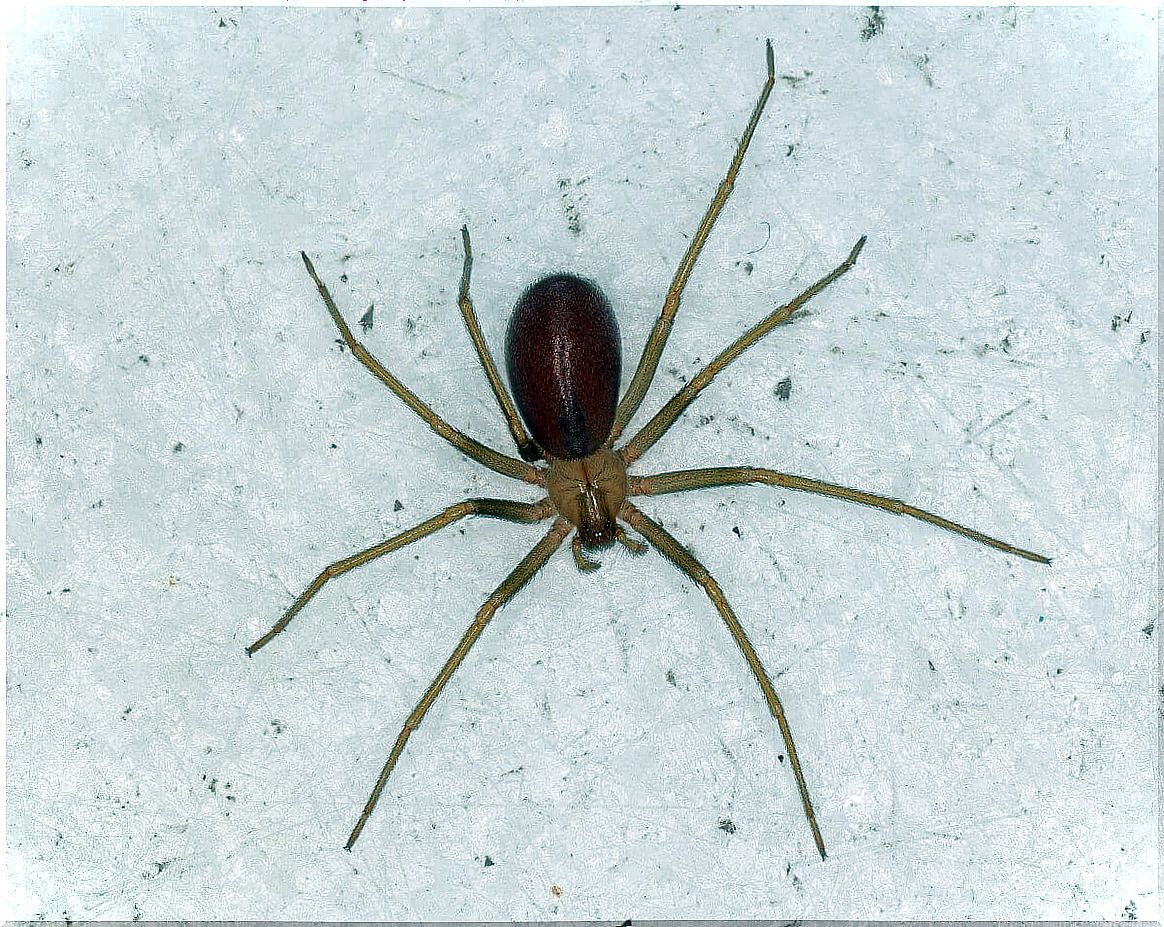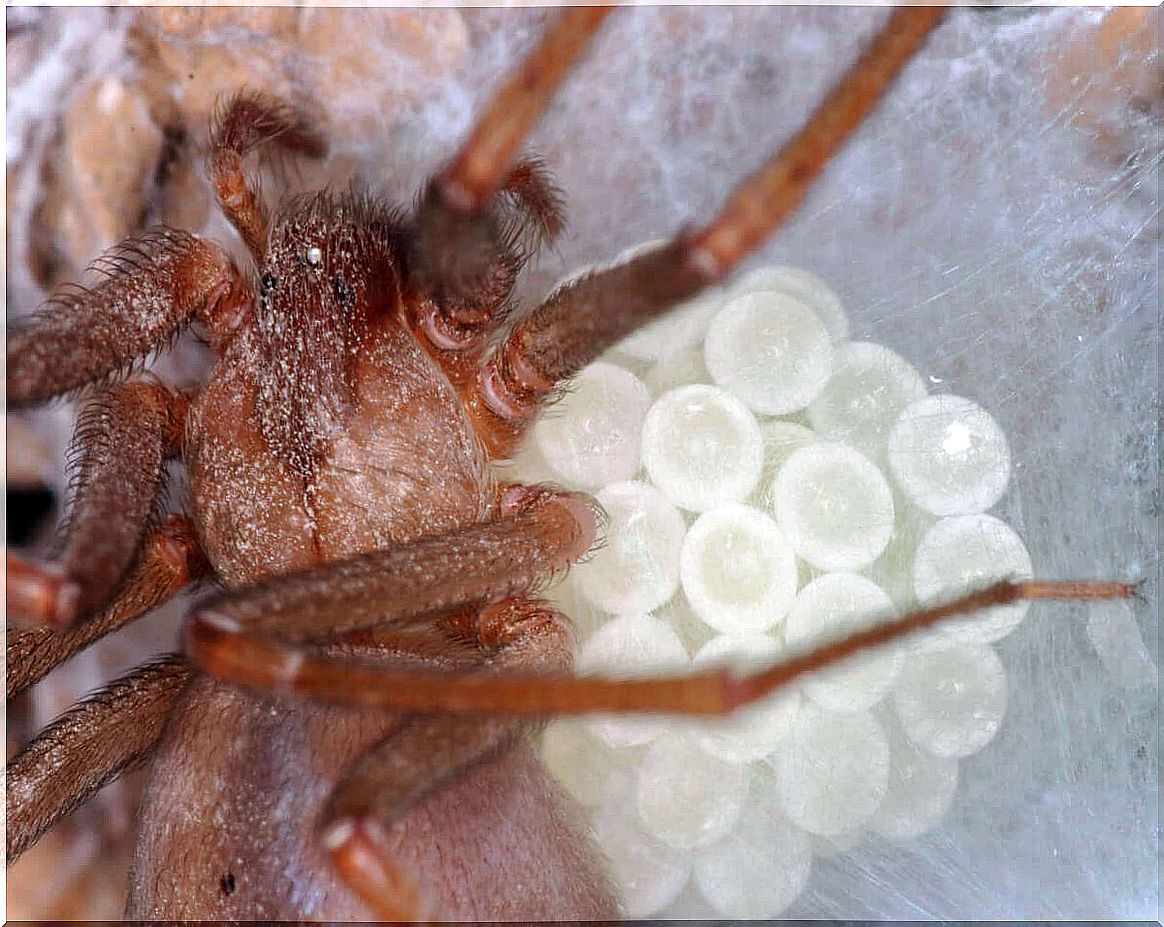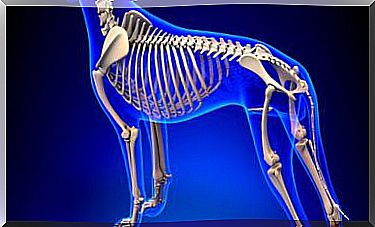The Brown Spiders: Habitat And Characteristics

Arachnids of the genus Loxosceles are called ‘brown spiders’. There are about 139 species of Loxosceles distributed throughout the world, from the Americas to the Mediterranean basin or China.
Members of this genus have become very important as they are the most venomous spiders in many countries and tend to cause panic. The bite of these arthropods can be of medical importance, especially in the case of American species. However, they are not aggressive animals.
In this article, we will focus on the brown spider species Loxosceles rufescens , although we will also make some mention of its American counterparts. Keep reading if you want to learn more about this fascinating arachnid.
Brown Spider Habitat
Brown spiders often appear in warm environments around the world. The species Loxosceles rufescens has a very wide native distribution, which extends over the entire basin of the Mediterranean Sea. In the Iberian Peninsula, it is more frequent in warm regions, especially in the south and east.
It is important to note that, although its origin is in the Mediterranean, the species has spread around the world thanks to humans. In some of the countries it colonized as an invasive species, this spider became more abundant than the native Loxosceles – and causes confusion with them.

These spiders are nocturnal and are mainly active in the hottest months of the year. They are sedentary and seek shelter under rocks, in narrow crevices and other dark, cramped places during the day. At night, they leave their havens in search of prey (small invertebrates), which they capture without using webs.
The Loxosceles scattered around the world also seem to have a fondness for houses or other human constructions. Searching in the dark, they take refuge in basements, garages, closets, behind furniture and paintings. Therefore, living with people is quite common, although they usually go unnoticed. This proves the peaceful and discreet character of these animals.
Physical characteristics
These arachnids are very small, as their bodies are only between 1 and 2 centimeters. Its color varies between brown, pale and reddish. They have 4 pairs of very long, slender legs, which get thinner as they move away from the body.
Additionally, these arthropods have a pedipalp on each side of the head. They are sensory appendages that look like a small paw. Among them are the chelicerae or ‘tusks’ typical of spiders. They also have 6 eyes, a center and forward pair, and the other pairs on each side and located further back.
The most striking feature of the brown spiders is a dark violin-shaped mark on the prosoma – the part of the body from which the legs come out. This coloration is located behind the eyes and can be clearly identified.
Are brown spiders poisonous?
Definitely yes: brown spiders have a very dangerous bite. Its venom has necrotic and inflammatory effects and often causes a skin lesion or ulcer. In some cases, these toxins cause fever and other more severe symptoms, but this is unusual and is due to allergic reactions.
However, and despite its usual presence in homes, the bites of this spider are infrequent. Brown spiders are shy and not aggressive, so under normal conditions they never try to attack humans.

Most bites occur when people turn over in their sleep on the spider or when the spider gets trapped between the clothes and the human body. In other words, these cases are accidental. In addition, most lesions caused by Mediterranean species ( Loxosceles rufescens ) are mild and heal quickly.
American brown spiders, such as the species L. laeta and L. reclusa, represent a more considerable danger. The Mediterranean species produces mild cases of cutaneous loxoscelism, the symptoms of which were explained in the previous lines, but the venom of the American ones is much more powerful.
Consequently, the lesions produced by the venom of these species tend to be more severe. They can cause larger ulcers, up to 40 centimeters in extreme cases. The healing process takes longer and can take months, although it is usually successful.
In a limited percentage of cases, the venom of these species can produce systemic loxoscelism. Its symptoms are more severe as they include hemolysis, damage to the circulatory system, sepsis and possible death.









